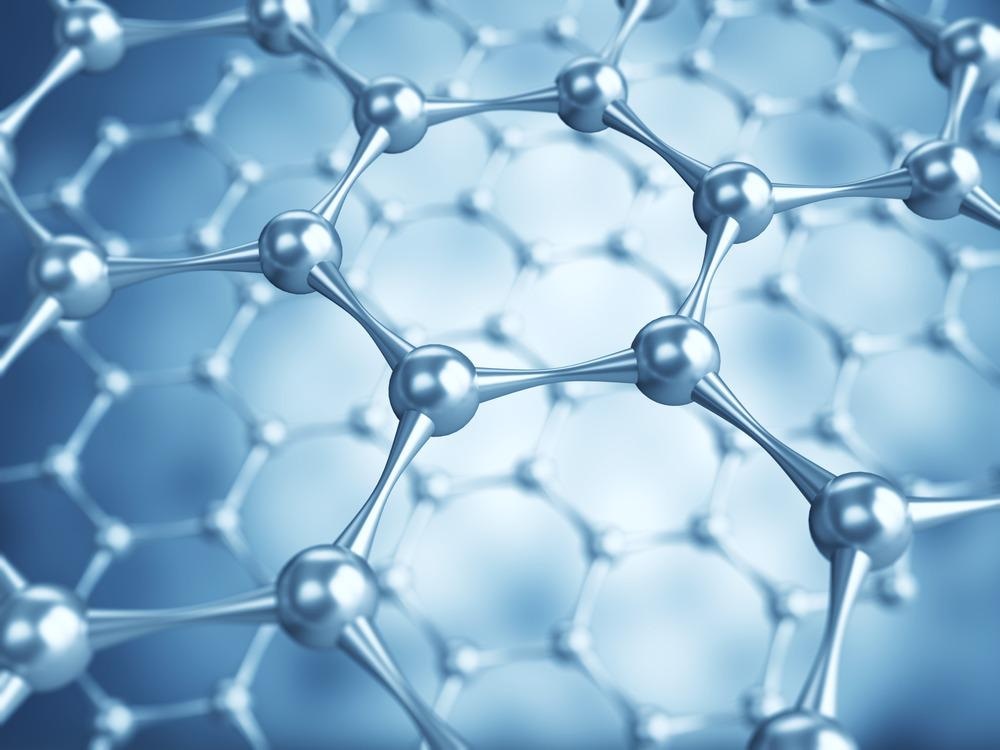The latest developments in the abnormal ionic/molecular transport characteristics in nano and sub-nano confinement are discussed in a recent paper published in the journal Nano Letters.

Study: Anomalies of Ionic/Molecular Transport in Nano and Sub-Nano Confinement. Image Credit: Anna Kireieva/Shutterstock.com
Recognizing and researching the transit characteristics of ions and molecules in nanoscale and sub-nano constriction is crucial under the domains of nanofluidics and fundamental transfer dynamics.
The basic elements of most substances are ions and molecules.
Due to recent advances in nanofabrication systems, the ability to investigate these particles in nano and sub-nanometer restraint with different current characterization mechanisms.
Various applications have been added, including drug identification, bioelectronics, ionic emitter, circuitry, drug dissolution, nanofluidics, catalysis, and power conversion and cultivation.
Nano/ Sub-Nano Transport Behavior of Ions and Molecules
In comparison to confinements with microscales or larger, coatings and interfaces may have a significant impact on the transit and interaction behaviors of ions and molecules in confinements sized between 1 and 100 nm.
The larger surface morphology intensifies the contact of the surfaces, exacerbating the van der Waals and electrostatic interactions.
Inflated repellent and attraction forces at nanoscales may cause aberrant behaviors, which are ionic/molecular characteristics that vary from bulk materials.
The short-range electrostatic pressures for ions/molecules get greater as the containment is reduced to the sub-nano range.
The conventional kinematics and thermodynamics formulae, such as the Navier-Stokes equations, Kelvin, and Hertz-Knudsen equations, are opposed by the couplings of short-range steric/hydration interactions.
Understanding Ionic/Molecular Transport Characteristics
Recognizing ionic and molecular charge transfer in nano and sub-nano constriction allows researchers to monitor and regulate nanofluidics for studying fluid mechanics and associated fluxes at the lowest sizes, as well as for developing new technologies.
The growing number of articles on this topic demonstrates that investigating ionic/molecular transport behavior under confinement provides a versatile platform for developing diverse nanofluidics.
Doing so opens the way for simulating ionic/molecular transport in natural systems and promoting the growth of nanofluidics for practical applications.
However, the field remains in its early stages despite increasing interest.
Development of New Characterization Techniques
Ionic/molecular mobility in nano and sub-nano constriction differs significantly from that in the larger domain, necessitating the introduction of novel manufacturing techniques, measurement methodologies, and academic knowledge to fully comprehend these characteristics.
At the moment, the volatility and breakdown of the concentration surface qualities make it a significant problem in terms of reliability and barrier properties at the nano and sub-nano domains, and this is expected to continue.
The investigation of the super slip contact, the creation of surface nanostructures, and the comparison of novel liquid-based coverings are all examples of techniques that may be used to preserve the integrity of surface features.
Furthermore, the creation of complicated or precisely regulated confinement structures continues to be expensive and time-consuming due to the lengthy manufacturing procedures.
Significance of 3D Printing and Dynamic Simulations
The innovation of 3D printing opens up new possibilities for the development and installation of stationary buildings.
It will remain critical for further investigation of the transport phenomena and behaviors in evolving containment frameworks due to the numerous impact processes introduced by evolving space and dynamic interaction of ions/molecules.
Still, it will be significantly improved by the advancement of both material scientific research and nanofabrication strategies that enable the construction of more complicated systems for researching different transit behaviors.
The molecular dynamics simulation study sheds vital insights on the distribution pattern of interparticle potential along the route of fluid atoms, allowing for a better understanding of the complex dynamics.
Future Perspective
For future advancement, it will be critical to further integrate diverse fields of study such as fluid dynamics, consolidated matter science, statistical physics, inorganic chemistry, materials engineering, neuroscience, and physiology.
Unique viewpoints must be combined to better understand the innate mechanisms underlying the anomalous behavior of ionic/molecular transport in nano and sub-nano isolation, as well as to encourage the field's advancement.
These transport behaviors are expected to find more practical uses in the sectors of saltwater purification, energy production, membrane anticorrosion, and soft robotics.
The explanation of anomalous ionic/molecular transport behaviors in this study may aid in the development of a research technique relevant to the pictured nanofluidic equipment, as well as the exploration of novel physiochemical transport processes at these nanosized dimensions.
Continue reading: Nanofluidic Devices for DNA Optical Mapping can be Fabricated and Characterized with FIB-SEM
Reference
Wang, M. et al. (2020). Anomalies of Ionic/Molecular Transport in Nano and Sub-Nano Confinement. Nano Letters, 20(10), 6937-6946. Available at: https://pubs.acs.org/doi/10.1021/acs.nanolett.0c02999
Disclaimer: The views expressed here are those of the author expressed in their private capacity and do not necessarily represent the views of AZoM.com Limited T/A AZoNetwork the owner and operator of this website. This disclaimer forms part of the Terms and conditions of use of this website.